











| Common Coot (Fulica atra (Linnaeus, 1758)) |












|
|
Scientific name: Fulica atra (Linnaeus, 1758) Common name: Common Coot Other names: Eurasian Coot French name: Foulque macroule Order: Gruiformes Family: Rallidae Size: 36 to 39 cm; Female : 575 to 800 g ; Male : 650 to 900 g. Habitat: Ponds, lakes and shallow bays. Food: Vegetarian. The Common Coot can dive down to a depth of 2 meters to feed. Nesting: The female lays 5 to 9 eggs late April. The nest looks like a large platform. The male and the female take care each of half of the chicks. The female uses the nest while the male builds a new platform. Migration: Northern birds move southwards in October and are back in April. Geographic area: North Africa and temperate Europe, east to Siberia, Japan, China, South-eastern Asia and India. In Australasia too. |
The Common Coot is a round-shaped bird with a completely black plumage. The bill is sharp and white and below a white facial shield. The eyes are round and red. The legs are greenish. |
| [To know more about the Common Coot] [Next picture] [Top] |
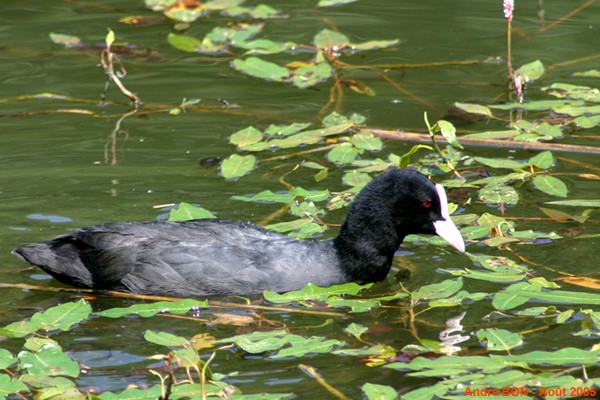
|
It is rather easy to take pictures of Common Coots. There are many of them on the pond shores and they are not shy. |
| [To know more about the Common Coot] [Next picture] [Previous picture] [Top] |
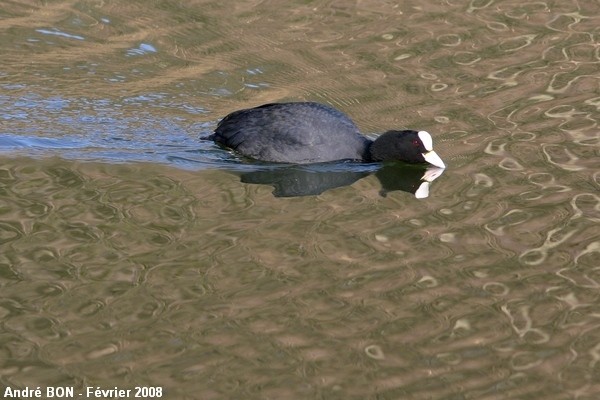
|
Common Coots are used to swimming in a lengthened body when they are in a hurry. |
| [To know more about the Common Coot] [Next picture] [Previous picture] [Top] |
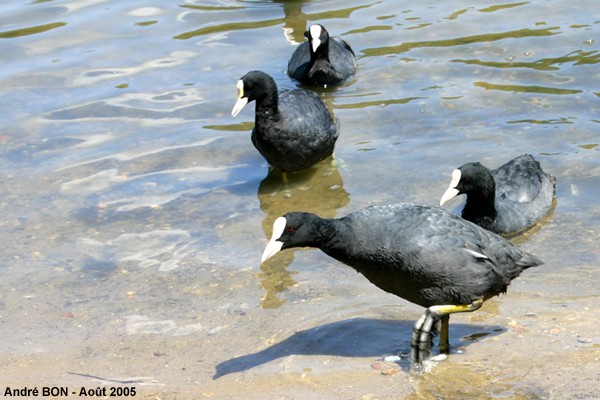
|
Walkers are used to feed the Common Coots at this place. As soon as I sat down, the group came near as usual. Coots have specific lobed fingers. |
| [To know more about the Common Coot] [Next picture] [Previous picture] [Top] |
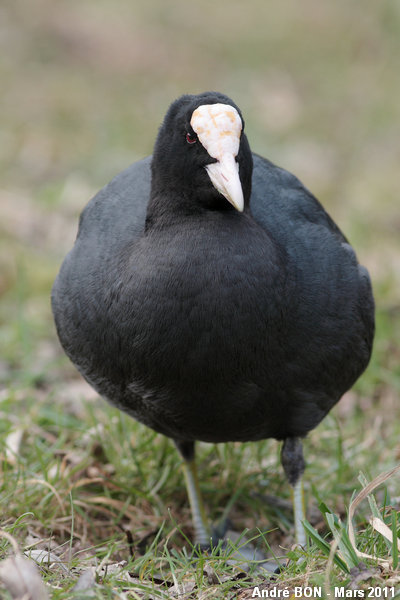
|
Close-view pictures are easy to take near picnic areas. Common Coots come to feed on bread crumbs. |
| [To know more about the Common Coot] [Next picture] [Previous picture] [Top] |
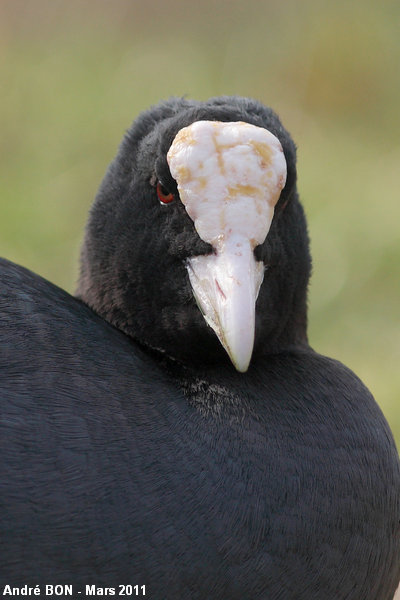
|
You can see here my progress in photography. The white colour of the facial shield used to be overexposed on my previous pictures. |
| [To know more about the Common Coot] [Next picture] [Previous picture] [Top] |
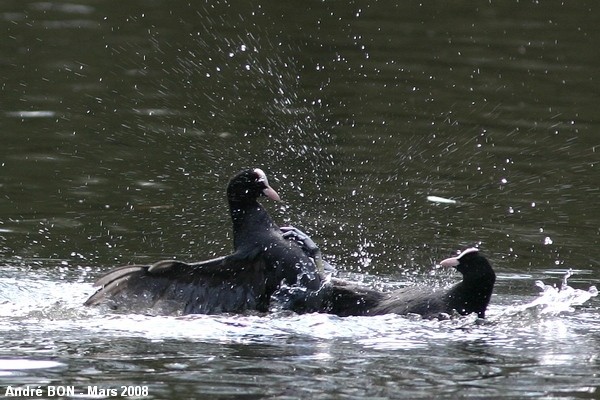
|
As spring is approaching, males are performing spectacular fights. |
| [To know more about the Common Coot] [Next picture] [Previous picture] [Top] |
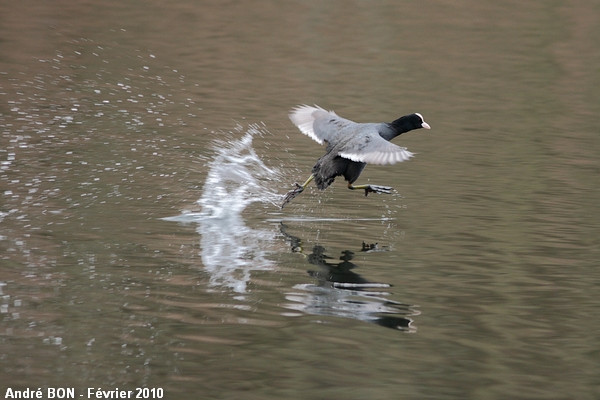
|
Common Coots sometimes seem to walk on water. |
| [To know more about the Common Coot] [Next picture] [Previous picture] [Top] |
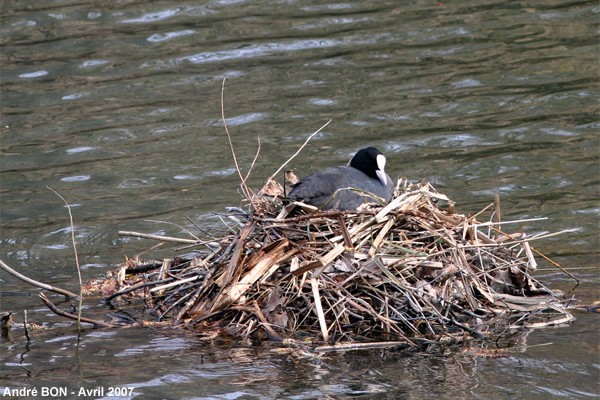
|
Here is a Common Coot, laying on the eggs, on a very typical platform nest. |
| [To know more about the Common Coot] [Next picture] [Previous picture] [Top] |

|
I have not observed any separation of the brood between the male and the female. I have seen both of them take care of the chicks near this nest. |
| [To know more about the Common Coot] [Next picture] [Previous picture] [Top] |
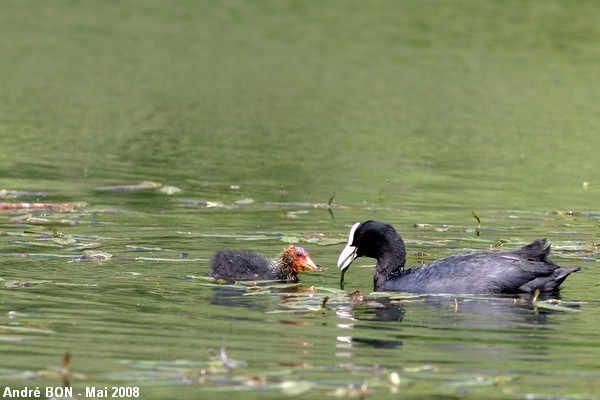
|
Though many Common Coots are living on this pond, I haven't observed any brood in 2007. 2008 has been a better year, may be I have been more attentive. |
| [To know more about the Common Coot] [Next picture] [Previous picture] [Top] |
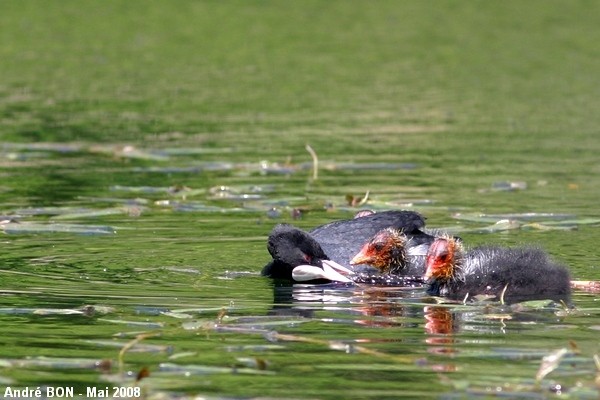
|
This is always a very enjoyable moment to observe one parent taking care of small chicks. |
| [To know more about the Common Coot] [Previous picture] [Top] |
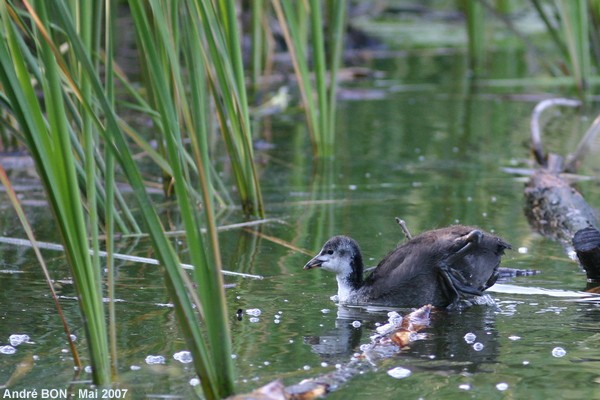
|
Juvenile. |